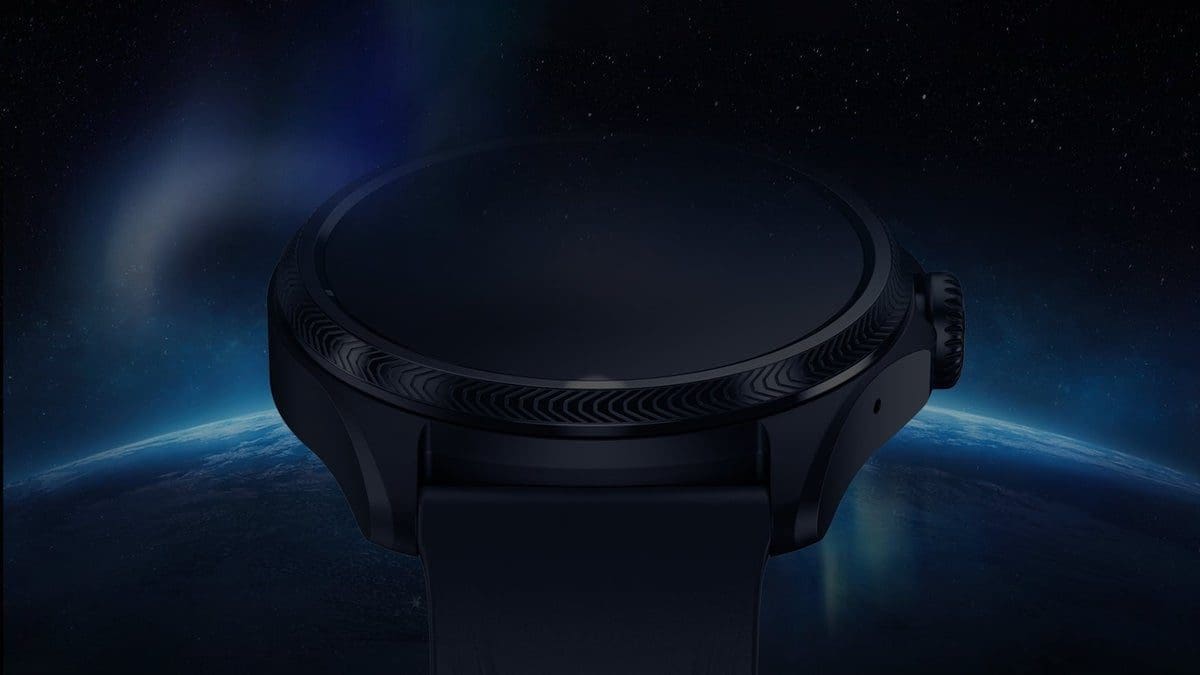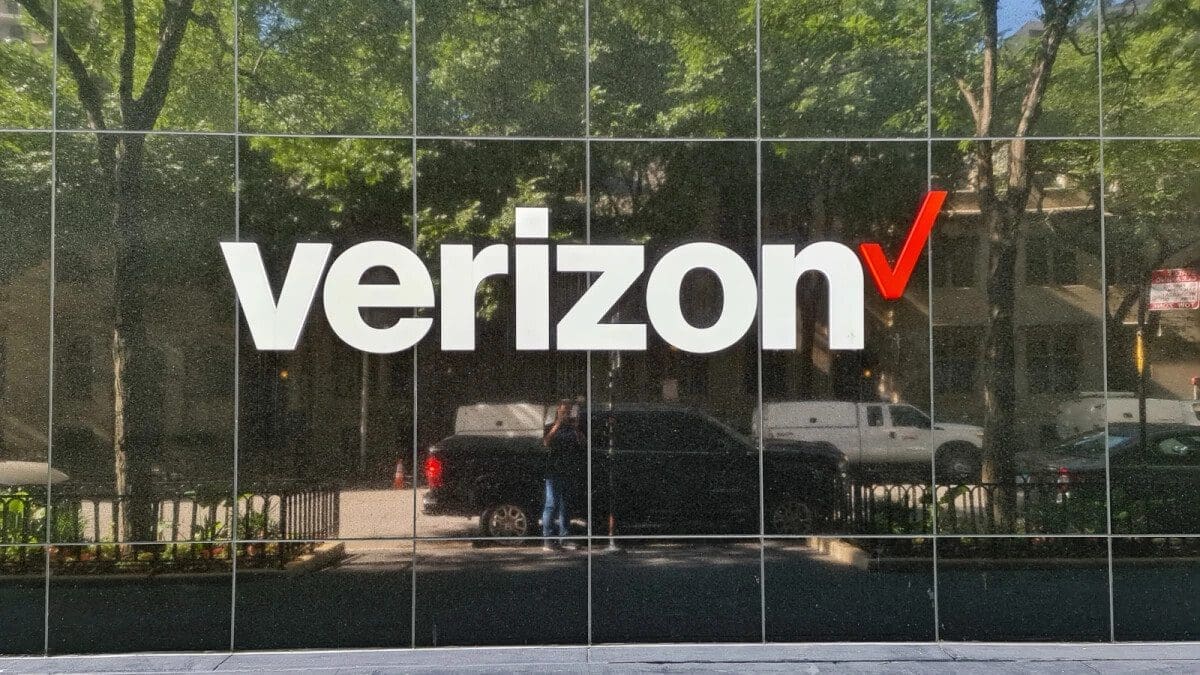At the recent Google I/O conference, exciting details about the upcoming Android 15 were revealed, and beta updates have been rolling out since then. The latest Beta 4 has just been released, focusing on bug fixes for Pixel devices and introducing a new battery feature that is currently in development.
Google’s Upcoming Battery Feature for Pixel Phones
Google is working on a charging optimization feature for Android 15 that will allow Pixel users to set a manual charging limit of 80%. Once activated, Pixel phones will only charge up to 80% of their battery capacity. This feature is expected to be accessible in Settings > Battery, giving users the option to choose between the existing "Adaptive Charging" mode and the new "limit to 80%" mode.
It is still uncertain when this charging optimization page will be available and which Pixel models will receive it. As Android 15 stable update looms closer, this feature may only be introduced in the first Android 15 QPR update towards the end of the year. However, once launched, it would be great to see Google offer additional manual charging limit options similar to what Apple recently introduced in iOS 18.
Why Battery Health Matters
Every smartphone eventually requires a battery replacement, but how long that takes can vary based on usage habits. Managing how you charge your device can help extend its battery life. While many smartphone manufacturers offer battery health features that regulate charging once a certain percentage is reached, having the option to manually set a charging limit can give users more control over their device’s longevity.
For example, Google Pixel phones currently have an Adaptive Charging feature that maintains the charge at 80% until shortly before it anticipates you will unplug your phone. While Adaptive Charging is effective in preserving battery health, some users may prefer setting a manual charge limit at 80%, making Google’s new feature a welcome addition.
Stay tuned for more updates on Android 15 and its innovative features designed to enhance user experience and device performance.









